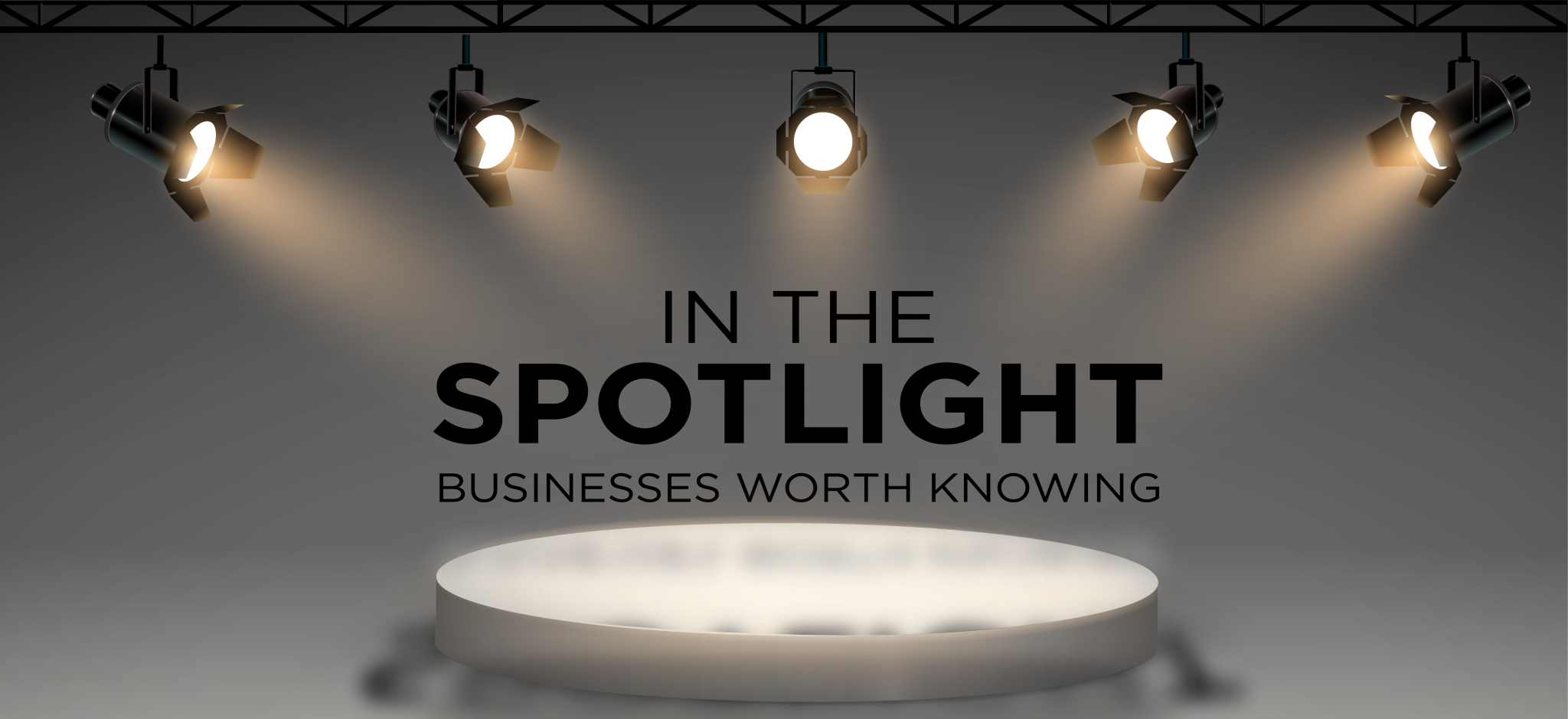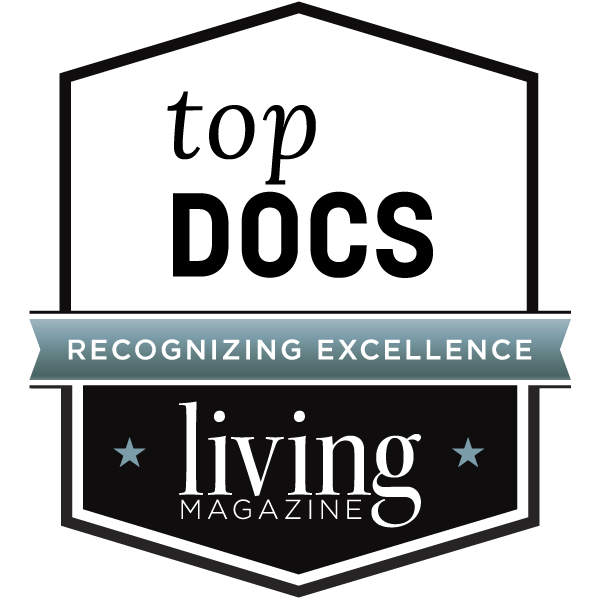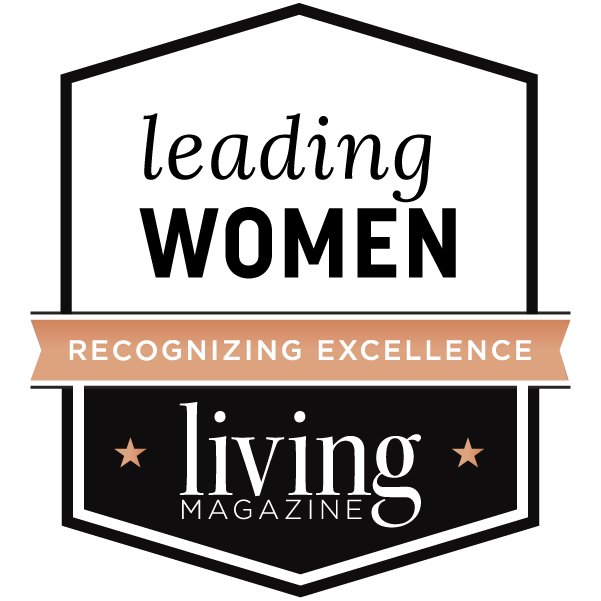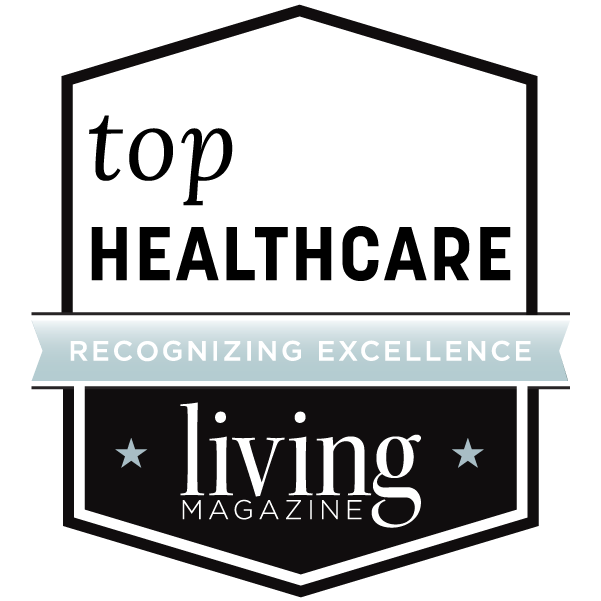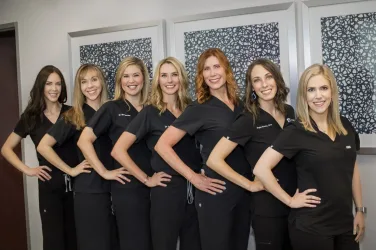
By Annette Brooks
Did you know women are more susceptible to certain eye diseases and have a higher overall risk of losing their sight than men? According to the National Eye Institute, two out of every three people living with blindness or vision problems are women. Designating April as Women’s Eye Health and Safety Month, Prevent Blindness (PreventBlindness.org) aims to educate women on eye health and highlight the importance of early detection and treatment.
Eye Health and Pregnancy
Pregnancy causes several physiologic changes in the body. Some of them impact eye health and vision, such as corneal swelling, decreased corneal sensitivity, dry eye disease, and changes in tear film. Signs include but are not limited to intolerance to contact lenses, blurry vision, and dry eyes.
According to the Mayo Clinic, preeclampsia increases your risk of placental abruption, where the placenta separates from the inner wall of the uterus before delivery. The condition can be life-threatening for both the mother and baby. In 5% to 8% of women with preeclampsia, vision problems may include light sensitivity, blurred vision, and even temporary vision loss. They can lead to more permanent damage, such as retinal detachment and cortical and cerebral blindness.
If you’re pregnant, schedule an appointment with your optometrist or ophthalmologist. Pay careful attention to any changes in your eye health, and if you notice something different, don’t dismiss it. Make another appointment with your eye doctor as soon as possible.
Hormonal Changes and Age
Age-related eye diseases are the primary leading causes of blindness and low vision in the United States. They include cataracts, glaucoma, age-related macular degeneration, diabetic retinopathy, and other eye disorders. Since women generally live longer than men, we’re even more susceptible to age-related vision problems and loss.
Hormones estrogen and progesterone play a key role in the functioning of your eyes. In addition to hormonal fluctuations during pregnancy, changes associated with aging and menopause also affect vision and eye health. According to the American Academy of Ophthalmology, changing hormone levels can affect the eye’s oil glands, leading to dryness. It may also change the shape of the eye. And since estrogen helps the cornea have more elasticity, which affects how light travels into the eye (refraction), a decrease in estrogen may change refraction and cause blurry vision.
As if this wasn’t enough, the risk of thyroid disease for women is about 10 times higher than for men. The thyroid gland produces hormones that regulate the body’s metabolic rate, growth, and development. Thyroid eye disease signs and symptoms range from blurry and double vision to dry eyes and grittiness to pressure and pain behind the eyes. You can even experience color vision loss and, in some cases, complete vision loss.
Prevention and Early Diagnosis
Your eyesight is precious, and vision loss from eye conditions can’t always be restored. Routine, comprehensive eye exams performed by an optometrist or ophthalmologist are essential regardless of your age or gender. They detect early signs of different eye conditions by running tests and documenting and comparing yearly changes. Also, keep in mind that chronic diseases like diabetes, high blood pressure, rheumatoid arthritis, and others can affect your eyes. Make sure you receive adequate care from your medical physician to treat these conditions.
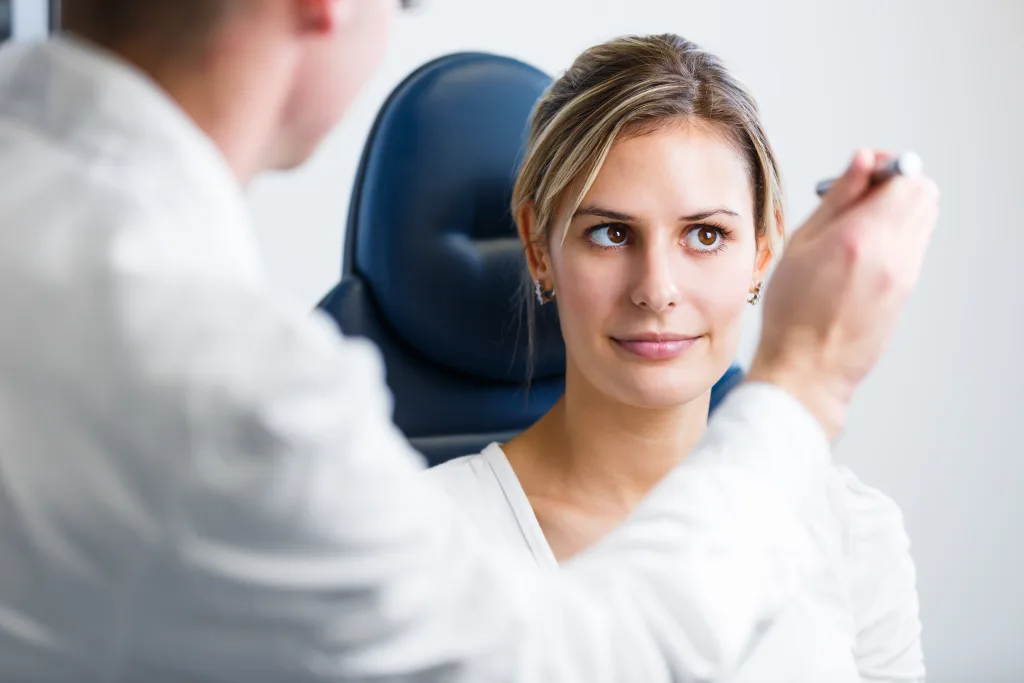
Tips for Maintaining Healthy Eyes
Take steps like those below to help preserve your eye health, regardless of age or gender.
Wear Sunglasses and Protective Eyewear
More than a fashion accessory, sunglasses protect your eyes from the sun’s harmful UV rays. Over time, exposure can significantly increase your risk of developing cataracts, macular degeneration, or other eye conditions. When purchasing sunglasses, look for those that block out 99 to 100% of both UV-A and UV-B radiation.
Remember to wear appropriate protective eyewear when playing sports and safety glasses to protect your eyes from hazards in the workplace and when involved in hobbies and DIY projects that may damage the eyes.
Stop Smoking
According to the CDC, smoking is as bad for your eyes as the rest of your body. If you smoke, you’re twice as likely to develop two of the greatest risks to your vision, cataracts and macular degeneration.
Give Your Eyes a Break
Too much uninterrupted screen time contributes to digital eye strain. Symptoms include itchy eyes, blurry vision, and dry eyes. Experts also advise against excessive screen time to help reduce the risk of myopia (nearsightedness) and myopia progression. To minimize eye strain, blink often, take a break from the screen every 20 minutes, and look at an object at least 20 feet away for 20 seconds or longer.
Read more about eye health HERE on LivingMagazine.net
